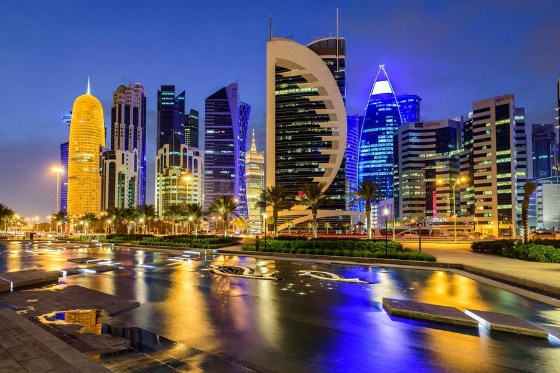Qatar’s real economic growth is expected to rise to 2.6% this year and further to 3.6% in 2018, even as inflation is expected to harden by 2018 in view of the value added tax (VAT) rollout, according to QNB.
“Real GDP (gross domestic product) is expected to rise to 2.6% in 2017 and 3.6% in 2018, before slowing to 2.7% in 2019, driven by the non-hydrocarbon sector as higher oil prices ease liquidity and fiscal constraints and boost incomes,” QNB said in its research note.
In the hydrocarbon sector, natural declines at maturing oil fields in 2017 would be more than offset in 2018-19 by initial gas production from Barzan and investment in oil output, the report said.
Oil prices are forecast to recover as the market shifts from excess supply to excess demand in 2017, but prices would be capped by the US shale costs, averaging $55 per barrel in 2017, $58 in 2018 and $60 in 2019, it added.
On the general price level, QNB is of the view that inflation in Qatar is expected to slow to 0.9% this year on falling rents, then to pick up to 3.3% in 2018 with the introduction of VAT before easing to 2.5% in 2019. However, revenue should receive an additional boost from VAT in 2018, adding about 1% of GDP.
International commodity prices tend to pass through to domestic prices with a lag and, therefore, lower commodity prices in 2016 are expected to still “depress” inflation into 2017, but higher prices this year should push inflation higher in 2018, QNB said.
The government’s budget deficit is expected to narrow to 1.5% in 2017 before switching to a surplus of 1% and 2.3% in 2018-19 on a recovery in hydrocarbon revenue and consolidation of current spending, it said.
The government has announced plans to increase capital spending over the next three years, mainly on projects related to the 2022 FIFA World Cup, transportation, infrastructure, education and health.
The current account is expected to return to a surplus of 2.1% of GDP in 2017 on rising oil prices, but then narrow on high import growth in line with the ramp up in project spending and robust growth in the non-hydrocarbon sector.
The report has found that Qatar’s international reserves are expected to be maintained at their current level of around six months of prospective import cover.
Gulf Times
08 May








































































